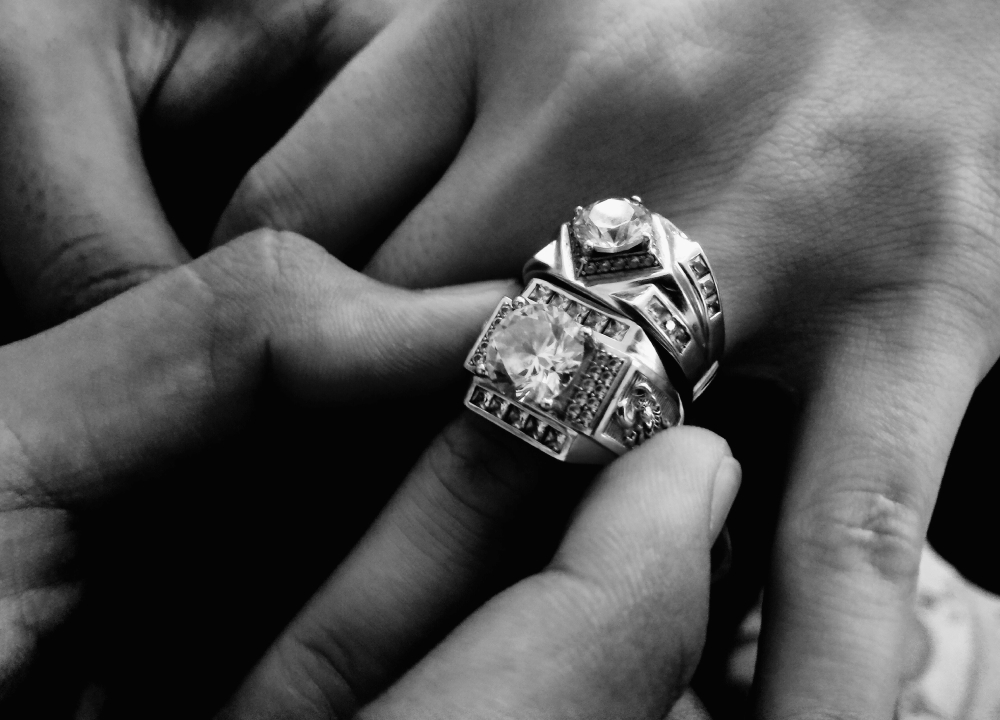
The diamond industry has undergone significant change in recent years. Consumers have become more aware of the ethical and environmental impact of diamond mining and more demanding about the source and quality of their diamonds. This has driven a need for greater transparency and consumer empowerment in the industry, as well as a shift towards more sustainable and responsible practices. To meet these changing needs, the diamond industry must embrace new approaches to diamond education that empower consumers to make informed choices about their purchases.
One of the biggest challenges facing consumers today is a lack of understanding about diamonds. Diamonds have long been considered symbols of luxury and status, and many consumers may be swayed by the prestige associated with owning a diamond without fully understanding what they are buying. This lack of knowledge can lead to confusion, misinformation and even exploitation, with consumers paying high prices for low-quality diamonds or diamonds that are not ethically sourced. This can have a negative impact on the industry as a whole, eroding consumer trust and damaging the reputation of diamonds.
To tackle this issue, the diamond industry is embracing new technologies and innovative approaches to diamond education. One of the most significant developments in this area is the rise of digital twins, which allow consumers to view virtual representations of diamonds and explore their characteristics in detail. Digital twins provide a level of transparency and information that was previously not possible, allowing consumers to make more informed decisions about their purchases. This technology is particularly useful for customers who are shopping online, as they can get a more complete understanding of the diamond they are buying without having to physically view it.
Another area where technology is playing a key role in diamond education is the use of blockchain. This innovative technology can be used to track a diamond from the mine to the retail store, providing a clear and transparent record of its journey. This information can be used to verify the authenticity of a diamond, as well as its ethical and environmental credentials, providing consumers with the confidence they need to make informed purchases.
There are a number of successful initiatives underway that are aimed at transforming the diamond industry and empowering consumers. For example, the De Beers Group’s Diamond Insight Report 2022, highlights four key consumer trends that are shaping the new diamond world. These include the rise of brands, which are capturing a growing share of the market in both the US and China, the growth of phygital retail, where physical and digital channels are integrated seamlessly, the importance of values in driving industry value, and the potential of Web3 and the metaverse to be game changers that open up new opportunities for diamond brands.
Another innovative approach to diamond education is the use of certification programs and grading systems. These programs provide consumers with independent, third-party assessments of the quality, authenticity and ethical standards of diamonds, giving them the confidence they need to make informed purchases. The Gemological Institute of America (GIA) and the International Gemological Institute (IGI) are two of the most well-known and respected certification organisations in the industry, and their work is helping to build trust in the industry and educate consumers about the qualities that make a diamond valuable.
Everledger is a platform that is dedicated to transparency and providing consumers with a better understanding of the diamonds they are purchasing. In order to achieve this, Everledger has released a suite of transparency reports and provenance statements that go beyond the traditional 4C’s of diamonds to provide a more comprehensive story about the diamond. The transparency reports incorporate information about the origin of the diamond, its provenance, impact stories, and the use of renewable energy in the production process.
This increased level of transparency not only empowers consumers but also attracts eco-conscious shoppers who are looking for products that align with their values. By incorporating information about the sustainability practices of the diamond and jewellery industry, Everledger is helping to attract and convert these consumers, leading to increased customer satisfaction and brand loyalty. Everledger’s transparency reports and provenance statements are a testament to the company’s commitment to educating consumers and transforming the industry towards greater sustainability and transparency. By doing so, they are helping to create a new standard for the diamond and jewellery industry, one that is based on values, transparency, and sustainability.
The future of diamond education is about empowering consumers with the information and tools they need to make informed choices about their purchases. This includes leveraging technology to provide greater transparency and access to information, as well as innovative initiatives and certification programs that build trust in the industry. By embracing these new approaches to diamond education, the diamond industry has the potential to transform itself and build a more sustainable and responsible future for all.

Leanne Kemp
CEO, Everledger
everledger.io
Further reading: